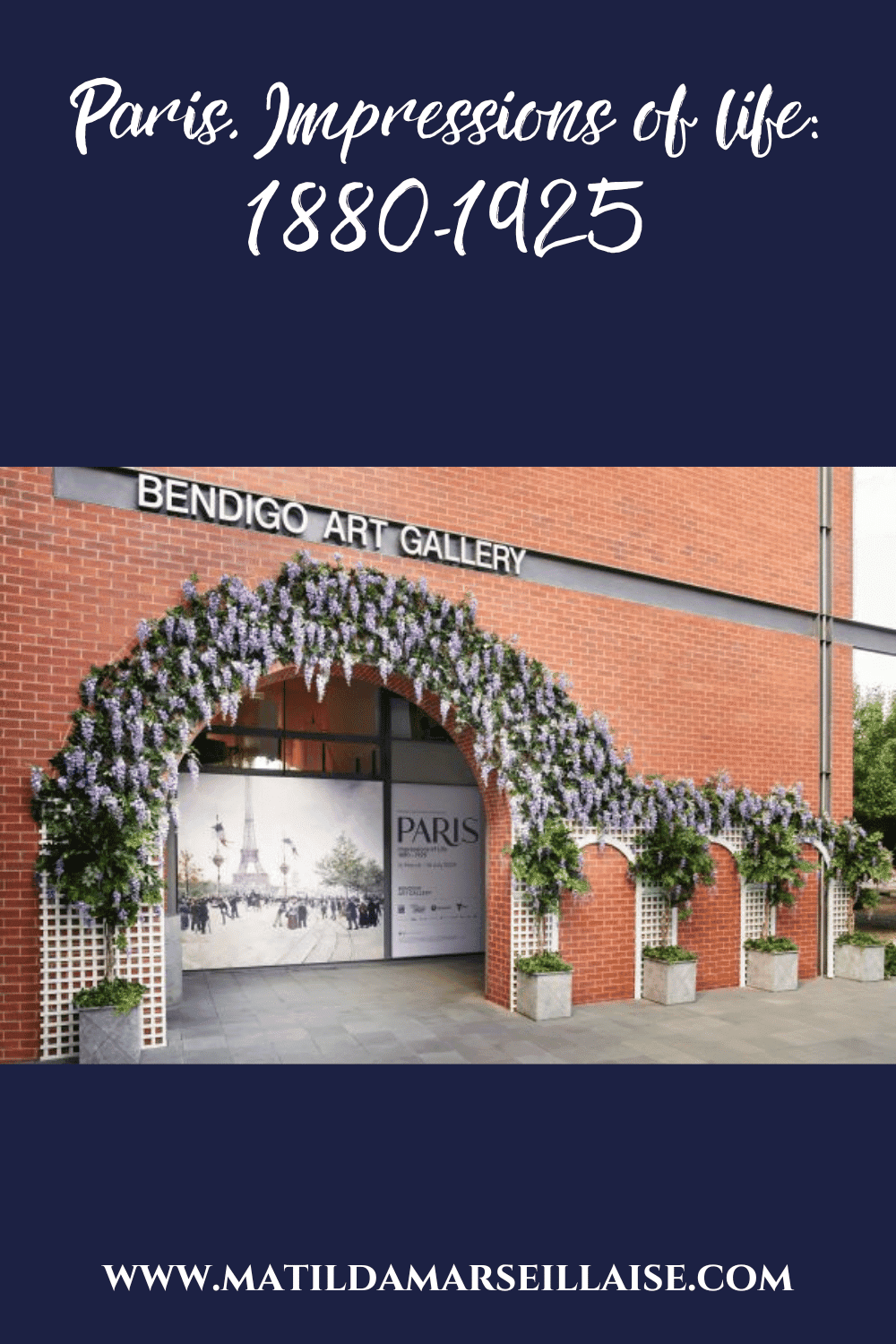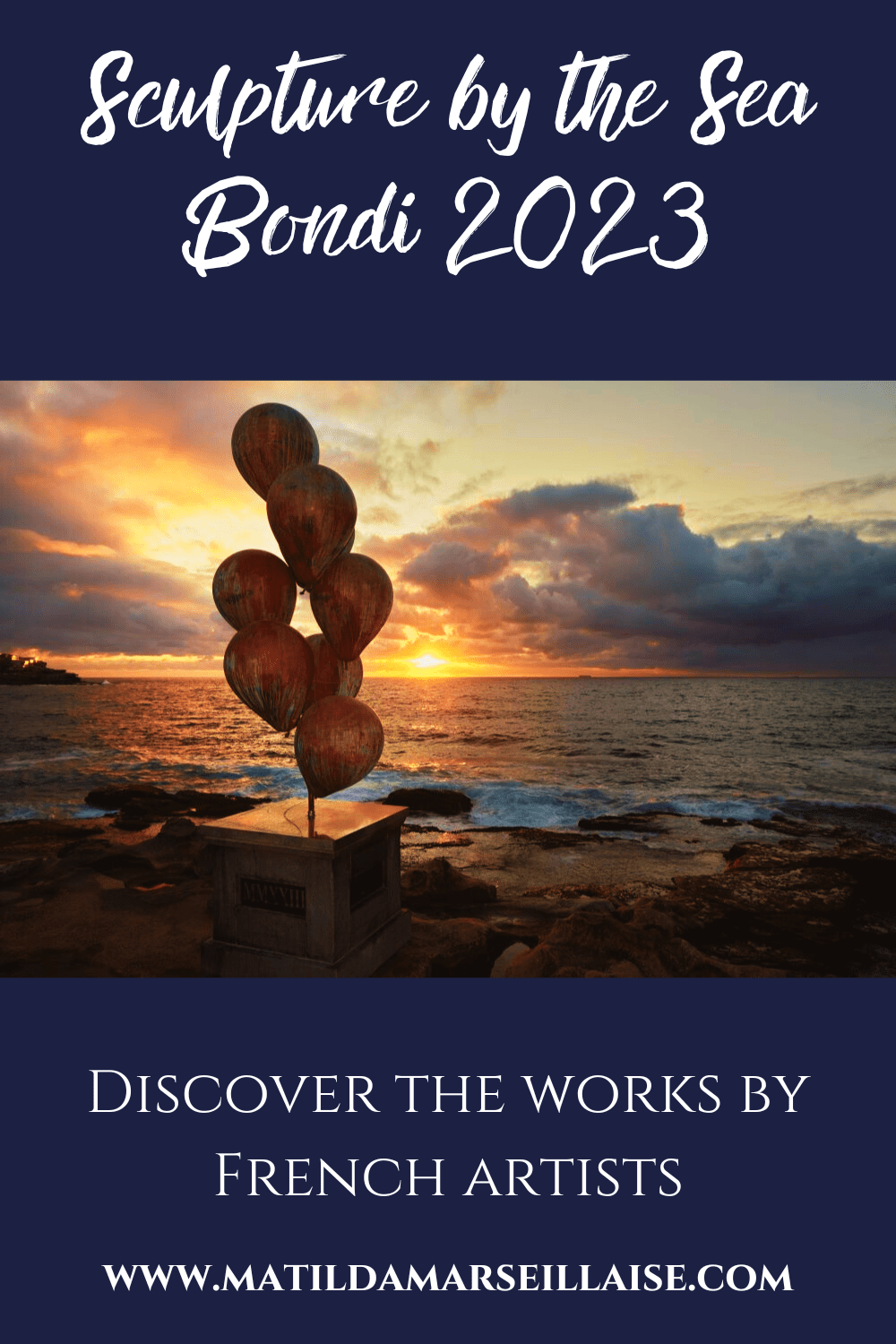I recently had a chat with Paul Perrin, Curator of the Museé D’Orsay while he was in Australia for the opening of the Art Gallery of South Australia’s major exhibition, Colours of Impressionism: Masterpieces from the Musée D’Orsay. Dates and ticket information at the end of the article.
Why are the impressionists so important?
I think that the impressionists were really decisive and important for modern art because they were the first to really decide to move away from conventions of art and painting, to explore with a new voice, to go further in their exploration of colour, light, time, and movement. So I think that really it was the impressionists who felt like exploring something that had never been done before. And then I think that in so doing, in researching, that their principal goal was the light – how to represent light, how to represent changes in light. I think that in doing that, little by little, they opened art up to something more abstract which is independent to the painting vis à vis traditional conventions of representing light.
Where does the name impressionist come from?
It was from a painting by Monet, “Impression: sunrise” (which isn’t in Adelaide for the exhibition because it is not from the Musée D’Orsay but from the Musée Marmottan). And this painting is a sketch. So it’s a view of Havre, of the port of Havre with the sun rising. So this painting was exhibited at the first group exhibition…when they got together to exhibit as a group, this painting was shown. In the press, a critic mocked Monet saying “but really impression: sunrise, these painters are impressionists, these are impressions“. So it was pejorative and negative at the beginning. But then little by little, the artists themselves used the word so it became a part of everyday language.

Just as the term impressionist was used as something negative, the impressionists’ paintings were not accepted by the Salon and were not appreciated and were even judged as vulgar. At least the impressionists ended up being accepted while still alive compared to Van Gogh whose works were only appreciated after his death.
Yes, the impressionists are a little different because at the beginning they were regularly rejected by the official academic system, critiques and purchasers, the visitors of the time, but progressively, they found friends, critics, collectors who would support them, who would buy their paintings, dealers who would really invest in them – so there were a few people who believed in them and little by little, they created their market for impressionism.
Do we know the names of those who believed in them?
Yes. ..They are not very well-known today but there were a few art lovers. One was an art lover called Choquet, an eccentric character, who didn’t have much money but who liked their paintings and who started to buy their impressionist paintings. The dealer, Durant-Ruel, he really bought paintings, supported them, organised exhibitions and supported the market that goes with it. Therefore, from the 1890s, they became really popular; they had the support of art lovers all around the world, especially in the United States. At the end of their lives, Renoir and Monet lived very comfortably and were quite rich and earned a lot of money from their paintings.

So we have 65 of these paintings in Adelaide for the Colours of Impressionism exhibition and it has been a four year long project?
Yes we have been working on this project for four years.
How did you choose the 65 paintings that we see here?
The idea really was to choose the best paintings which could tell the story of impressionism in colour. We looked for the most beautiful and most interesting paintings in our collections that could illustrate the story of colour. So that’s really how we organised our journey. The idea was to have masterpieces, very well-known works as well as lesser known works from our collection. So to have a mix of both and also, among those to then have both very well-known artists – we have for example 10 paintings by Claude Monet, but to also have artists that people may not know as well so to have variety.

How did you decide upon the idea of doing an exhibition on the theme of colour?
In discussions with my colleague, the other exhibition curator, Marine Kisiel, we asked ourselves how could we tell the story of impressionism differently but in a way which is simple, and which allows us to have a very beautiful screen because that’s the aim – that these paintings are radiant and beautiful. What interested Marine Kisiel and I was also the way in which these paintings were done. We are a part of a generation of art historians and curators – our predecessors worked a lot on the question of iconography (social history, culture, gender, all those sorts of things) and in the end we weren’t really looking at the materials. The basics, how they did it, why they use this or that colour, how they put this colour next to that one, why… So we decided to come back to something basic, which is colour and we are going to see if we can tell a different story.
Often when we see an exhibition, it’s either by artist or by subject, so it’s really different to go from one room to another with the colours that change.
There are rooms in which we have really successfully managed to form coherent colour ensembles, black, white, green and blue and then the others are more mixed because finally we come to the end of the period and it goes in every direction. So then we cannot say that everything is one colour. In fact, it goes in all directions. Therefore, in the end it’s almost more a rainbow of colour than the paintings at the beginning. It’s true that we have looked a little and no one has ever done an impressionist exhibition organised by colour before.

And after Adelaide, the exhibition will go back to Paris? Has there been interest for the exhibition to travel elsewhere?
The exhibition has already had a leg in Singapore before coming here to Adelaide and then back to Paris.
Are the paintings we have here being replaced with others in the Musée D’Orsay during this exhibition?
Yes, we picked through our reserves to replace the paintings. So people in Paris will also get to see other paintings – it’s the opportunity to show other paintings. There are always things to see at Musée D’Orsay.
Which is your favourite painting in the exhibition?
My favourite painting is a complicated question to answer. It’s hard to choose. The Magpie, the Monet painting, is the one that I had in my bedroom when I was little because when I visited the Musée D’Orsay when I was little, I asked my parents to buy me the poster. So it’s a painting that I saw in my bedroom for a long time and which gave me the desire to study art history and to work in a museum. But today, it’s not necessarily the one I’d choose today. I really like Renoir now. But I think (The Magpie) is the one with which I have a special relationship.

With these paintings having such incredible values, I don’t even dare ask about insuring them!
Insurance costs a lot. In fact I think that government support was needed to insure the exhibition. They came over by plane – all art transport is by plane or by truck, but here that’s a little tricky! So it all came by plane from Paris. I can’t really talk too much about the details as it’s a bit of a secret.
For example we see in films that each painting is in its own wooden create –
Yes they are purpose made wooden creates which are isothermal with aluminium and different materials on the inside to ensure the object is really well protected from shock and climatic changes.
Is it the first time these paintings have been to Australia?
Some were already loaned for exhibitions in the past. But for the majority, it’s the first time they’ve been here.

When and why did you decide to become a curator?
In French we use two words – conservateur – when we are responsible for a collection in a museum and then, when you put together an exhibition, a commissaire d’exposition. Curator in English encompasses both. I was interested in art history but also in being in contact with the general public, not just being in my books doing research at my desk but also in having discussions when we do guided tours, and especially to offer a physical experience which is that of a visit to the museum, visiting an exhibition – it interests me a lot not just scholarly art history but to also be an educational place, an emotional place – I wanted to really work in a museum.
And in fact it all started with The Magpie!
Exactly!
Without being indiscrete, are you quite young for such a position in such a well-known museum?
Yes. I’m 31. Yes, I was really lucky to get this job at the Musée D’Orsay so quickly. In France, we have a competitive examination to become a curator. So I passed the examination and became curator and at the end of the examination, there was a job available at the Musée D’Orsay. It happened at a moment when the Director of the Musée D’Orsay wanted to rejuvenate and have a young eye on its collections so I was lucky. That was 4 years ago.
Is it your first time in Australia?
Yes I’ve been here for 2 weeks and I leave tomorrow morning [which was the morning after the exhibition’s opening night].
You can visit Colours of Impressionism: Masterpieces from the Musée D’Orsay at the Art Gallery of South Australia until 29 July. You can purchase undated tickets here or at the gallery. I will also publish a review of the exhibition in the coming weeks but I can already give you a preview of what it will say: it’s definitely worth a visit!





